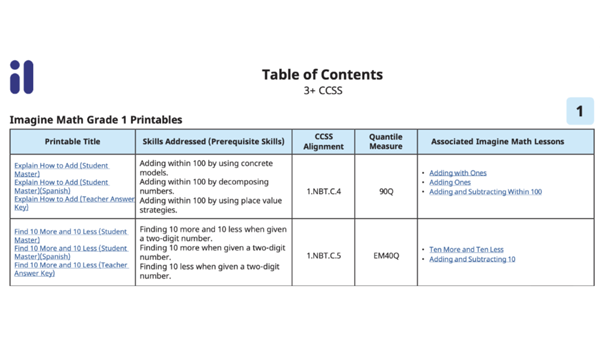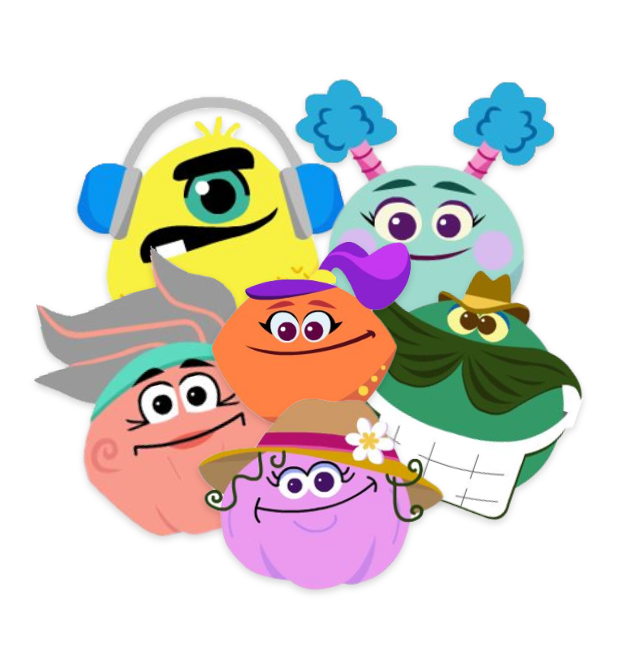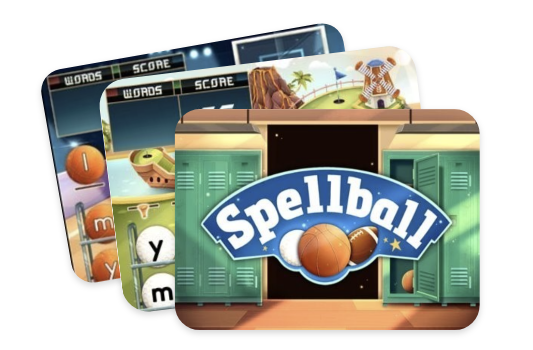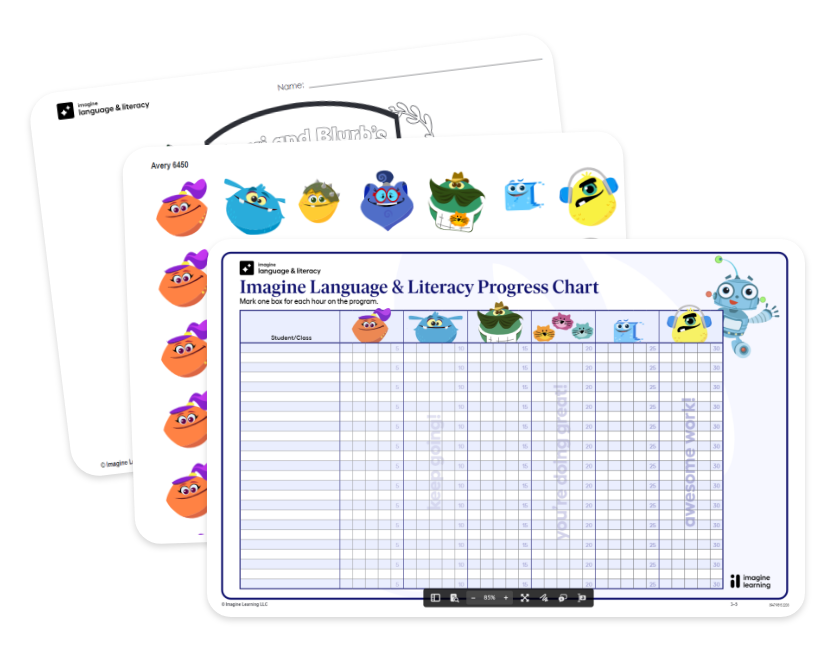Scottsdale, Arizona – January 30, 2024 – Imagine Learning Foundation (ILF), the philanthropic initiative created by Imagine Learning, the largest provider of digital curriculum solutions in the United States, announced today the opening of the 2024 funding cycle for its Imagine Signature Grant program. Founded in 2022, ILF is entering the third year of its $5 million grant campaign and will award $400,000 or more in Imagine Signature Grants in 2024 to organizations dedicated to ILF’s mission of supporting the well-being of learners outside of the classroom, either at home or in their communities.
This year, ILF will place a special emphasis on sponsoring initiatives aimed at addressing both chronic absenteeism and the student homelessness crisis that are affecting students nationwide. These pressing issues were highlighted earlier this month in a statement by the Biden-Harris Administration announcing that increasing attendance is a key focus of their Improving Student Achievement Agenda in 2024. Chronic absenteeism, particularly for children experiencing homelessness, has severe consequences for learning, emotional well-being, stability, and future outcomes through a student’s life. According to the National Center for Homeless Education’s December 2023 report, over 1.2 million students identified as experiencing homelessness and approximately 52% were chronically absent during school year 2021-2022.
While ILF will prioritize funding to organizations working to support the needs of homeless students, ILF will also consider projects from other eligible entities aligned with ILF’s mission for the Imagine Signature Grant program.
“We are excited to enter our third year of continued financial commitment to invest in this critically important work across the communities we serve,” said Jonathan Grayer, Chairman and Chief Executive Officer of Imagine Learning. “We have empirical evidence that students who receive devoted support, attention, and care outside of the classroom flourish academically and grow into vibrant members of society. However, none of that is possible without a safe and secure place to call home for each student. We are dedicated to combating the chronic student homelessness crisis and look forward to funding those programs that demonstrate an unwavering determination to transcend traditional learning environments with innovative solutions that improve students’ overall mental and physical well-being. We can’t wait to see the applicants for this grant cycle.”
The 2024 Imagine Signature Grant program will award grants to eligible applicants dedicated to any of these funding priorities:
- 2024 Funding Priority: Supporting eligible organizations who are addressing vital issues concerning student housing insecurity and their basic needs along with the associated chronic absenteeism by students from their daily K-12 learning environments.
- Other Mission-Aligned Programs: Supporting programs, activities or services fostering learning well-being of youth, families, and educators outside of the classroom and into their home and community environments.
- Education and Community Research: Studying the current impact that social, physical, mental and emotional well-being has on accelerating student achievement across diverse communities, including students and youth experiencing homelessness and chronic absenteeism from their K-12 learning environments.
“The array of incredible organizations dedicated to learner well-being that we’ve encountered since forming the Imagine Learning Foundation has affirmed our belief that every student and those that support them can benefit from increased resources,” said Chris Graham, Chairman and President of the Imagine Learning Foundation. “We’re incredibly proud of all our previous grantees and their projects. Although, as we enter our third year, we know there has been a growing crisis for youth experiencing homelessness and chronic absenteeism from their learning environments. We are eager to partner with organizations tackling this issue.”
Previous Imagine Signature grant winners include Up2Us Sports, Erika’s Lighthouse, WPSU (Penn State University Philanthropic Fund), Our Minds Matter, Genesys Works, and Big Sky Youth Empowerment. Learn more about ILF’s grant recipients and programs here.
The 2024 Imagine Signature Grant program is now open for applications through March 29 and award winners will be announced in July 2024. The 2024 grant cycle is below:
- Application Opens – January 30, 2024
- Application Deadline – March 29, 2024 (11:59pm PST)
- Award Notifications – June/July 2024
- Grant Awards – July 2024
In addition to the Imagine Signature Grant Program, ILF also conducts its Grassroots Grant Program each year, which awards a series of smaller grants to organizations nominated by Imagine Learning employees that focus on out-of-classroom programs dedicated to learner well-being, such as student-driven kindness and anti-bullying messaging and after school programs shown to increase self-confidence, attendance rates, emotional well-being, and academic performance.
To learn more about the Imagine Learning Foundation 2024 Imagine Signature Grant Program guidelines, visit imaginelearningfoundation.org.
About Imagine Learning Foundation
Imagine Learning Foundation is a non-profit organization focused on fostering the well-being of learners and the people who support them at home and in their communities. Established in 2021, the Imagine Learning Foundation funds a variety of grants to mission-aligned national non-profit organizations that support initiatives to foster well-being of youth, families, and educators with an emphasis on accelerating student achievement. Imagine Learning Foundation is the philanthropic initiative of Imagine Learning, the largest provider of digital curriculum solutions in the U.S. Additional information is available at imaginelearningfoundation.org.







